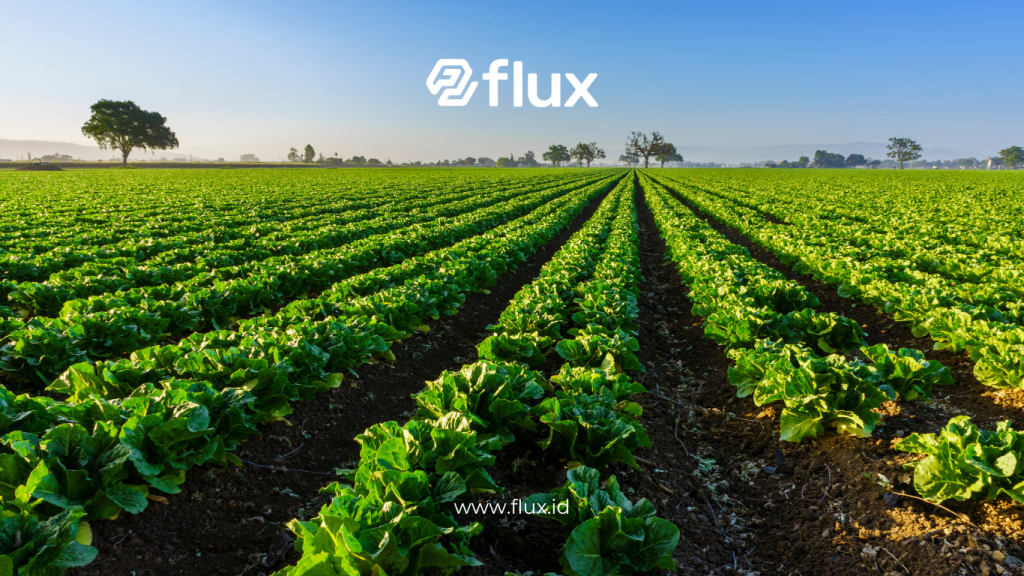Don't miss our holiday offer - 20% OFF!
Smart agriculture, powered by the Internet of Things (IoT) technology, has revolutionized farm management. IoT sensors enable farmers to monitor soil conditions, weather, and irrigation in real-time, providing accurate data for decision-making. This article will explore how implementing IoT sensors can enhance agriculture efficiency and irrigation management.
Contents
- 1 1. What Are IoT Sensors in Agriculture?
- 2 2. Benefits of Implementing IoT Sensors in Agriculture
- 3 3. How IoT Sensors Work in Agricultural Monitoring
- 4 4. Implementing IoT Sensors in Irrigation Management
- 5 5. Challenges in Implementing IoT Sensors
- 6 6. Case Study of IoT Sensor Implementation in Agriculture
- 7 7. Tips for Starting IoT Sensor Implementation in Smart Agriculture
- 8 Conclusion
1. What Are IoT Sensors in Agriculture?

Read More: IoT Sensor Technology in Agriculture: How to Efficiently Monitor Plant Health and Soil Conditions
IoT sensors are devices used to collect environmental data on farmland and transmit it to a cloud system for analysis. These sensors can monitor various parameters, including soil moisture, air temperature, rainfall, and sunlight.
Common Types of IoT Sensors:
- Soil Moisture Sensors: Monitor the water level in the soil, helping determine the right time for irrigation.
- Air Temperature and Humidity Sensors: Measure the temperature and humidity around plants, crucial for controlling growth conditions.
- Light Sensors: Monitor the light intensity received by plants, essential for photosynthesis.
- Weather Sensors: Measure rainfall, wind speed, and other weather factors affecting plant growth.
2. Benefits of Implementing IoT Sensors in Agriculture

Implementing IoT sensors in agriculture provides numerous advantages, including increased efficiency and resource savings.
Key Benefits:
- Water Conservation: Soil moisture sensors help reduce water usage by optimizing irrigation schedules based on plant needs.
- Increased Crop Yields: Real-time data allows farmers to make more accurate decisions, boosting crop yield and quality.
- Remote Monitoring: Farmers can monitor field conditions from anywhere, reducing the need for time-consuming physical inspections.
- Early Problem Detection: Sensors can detect issues such as plant diseases or pests early, enabling quick intervention.
3. How IoT Sensors Work in Agricultural Monitoring
IoT sensors work by collecting data from the environment and sending it to an analytics platform via wireless networks. This data is then analyzed to provide actionable insights.
Working Process:
- Data Collection: Sensors in the field collect environmental data.
- Data Transmission: Data is sent to the cloud via cellular or Wi-Fi networks.
- Data Analysis: The data is analyzed to identify patterns and trends.
- Decision Making: Farmers receive recommendations based on data analysis, such as when to irrigate.
4. Implementing IoT Sensors in Irrigation Management

Effective irrigation is crucial to ensure plants receive the right amount of water without wastage. IoT sensors can automate irrigation systems by monitoring soil and weather conditions.
Implementation Steps:
- Sensor Installation: Place sensors strategically in the field to monitor soil moisture.
- Integration with Irrigation Systems: Connect sensors with automated irrigation systems that adjust water flow based on sensor data.
- Parameter Settings: Set parameters such as moisture levels that trigger automatic irrigation.
- Monitoring and Adjustment: Continuously monitor data and make adjustments according to field conditions.
5. Challenges in Implementing IoT Sensors

Read More: Modern Agriculture with IoT Sensors for Plant Monitoring
Despite numerous benefits, implementing IoT sensors in agriculture also faces several challenges.
Main Challenges:
- Initial Cost: The upfront investment for sensors and supporting systems can be relatively high.
- Network Limitations: Rural areas often have limited internet access, which can affect sensor data transmission.
- Device Maintenance: Sensors require regular maintenance to ensure data accuracy.
6. Case Study of IoT Sensor Implementation in Agriculture
Several farmers have successfully implemented IoT sensors and witnessed significant improvements in crop yield and irrigation efficiency. For example, a vegetable farm in West Java using soil moisture sensors reduced water usage by 30% and increased crop yield by 20%.
7. Tips for Starting IoT Sensor Implementation in Smart Agriculture

Read More: Maximizing Agricultural Production with IoT Solutions from fluxFarming
- Conduct a Needs Analysis: Identify your specific agricultural needs before choosing the right sensors.
- Start Small: A small-scale implementation can help you understand how sensors work before expanding to the entire farm.
- Training and Education: Provide training for farmers on using this technology to ensure optimal use.
Conclusion
Implementing IoT sensors in smart agriculture and irrigation management offers an effective solution to enhance efficiency and crop yield. Despite the challenges, the long-term benefits of resource savings and increased productivity make this investment worthwhile. With this technology, agriculture can transform into a more modern, sustainable, and environmentally responsive practice.





